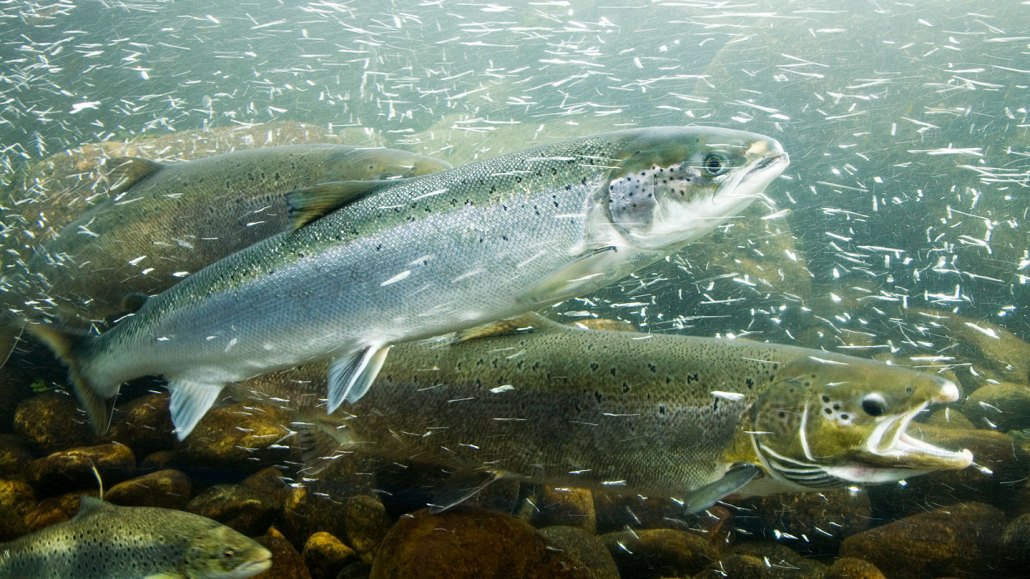
Habitat loss from river warming has contributed to population declines in North American populations of Atlantic salmon.
Westend61/gettyimages

Habitat loss from river warming has contributed to population declines in North American populations of Atlantic salmon.
Westend61/gettyimages